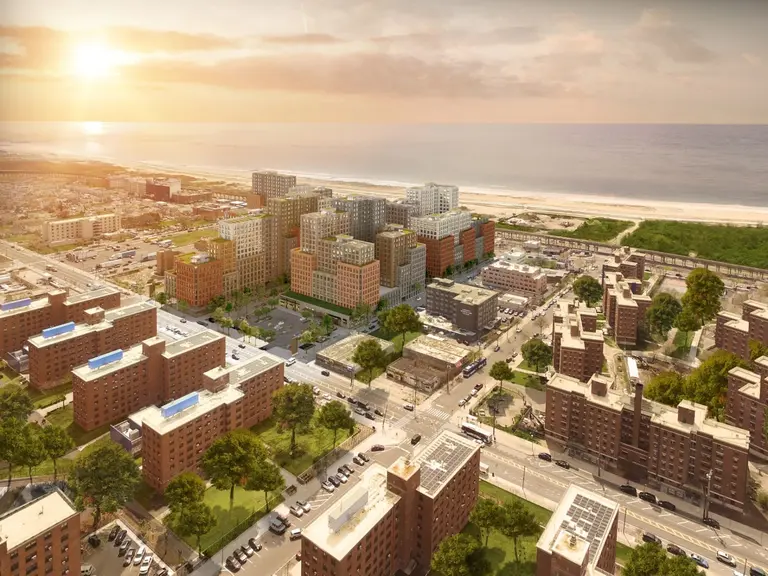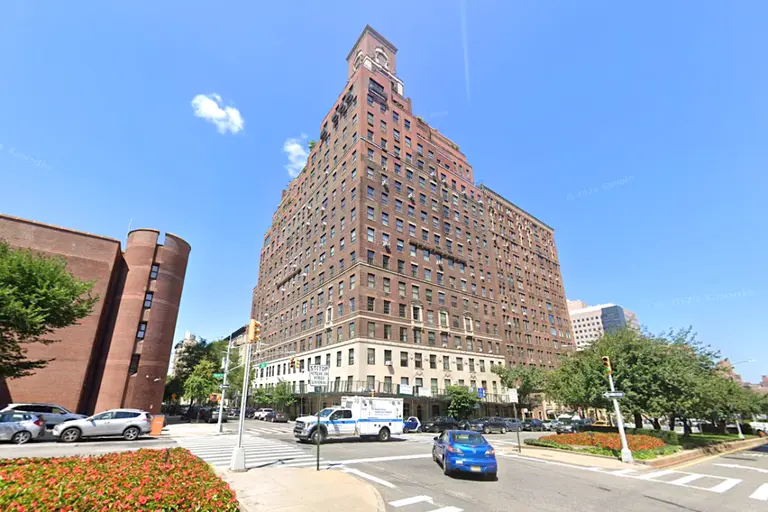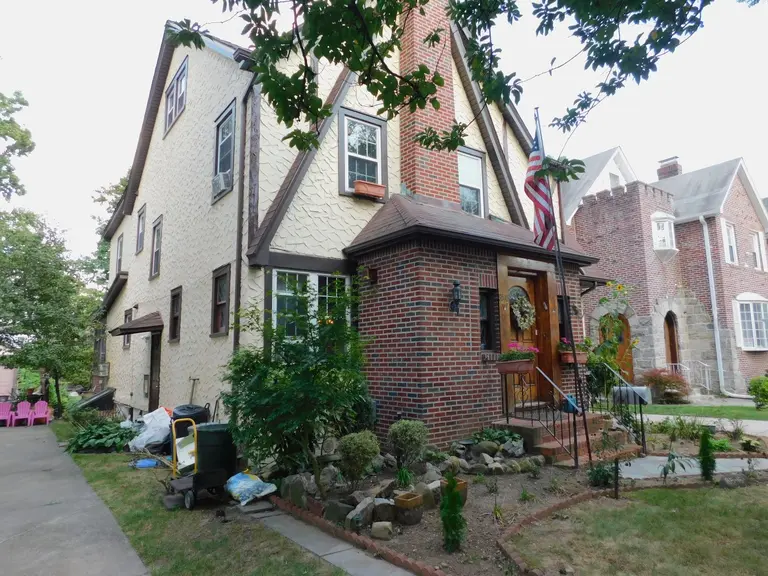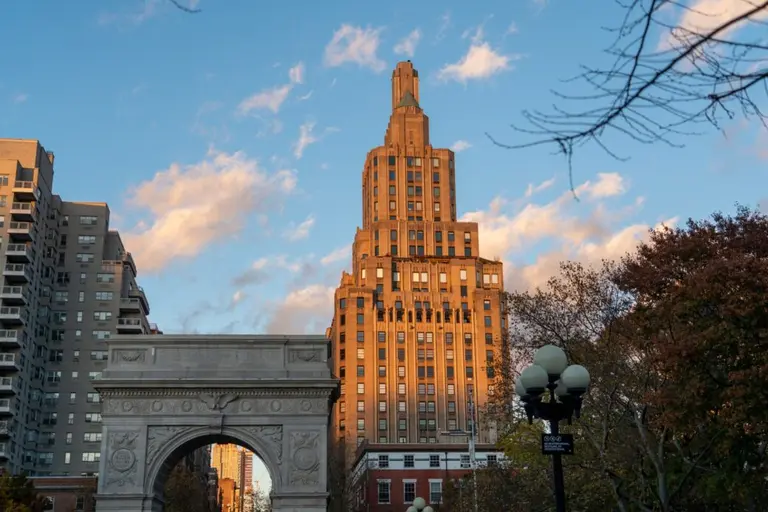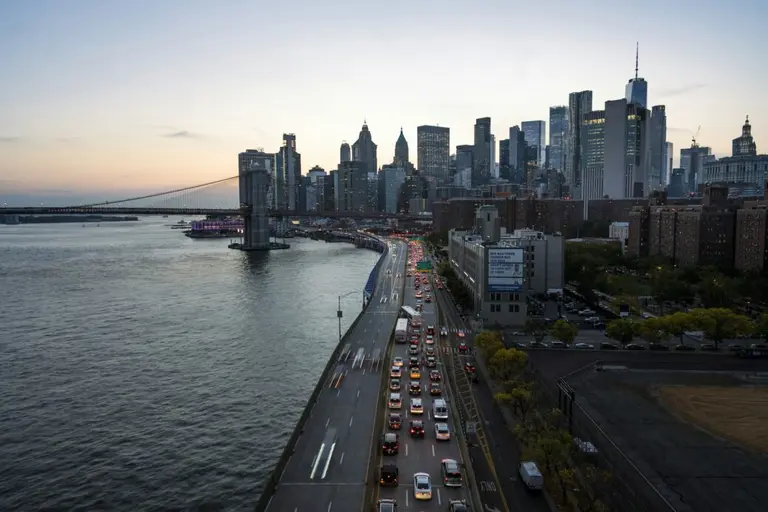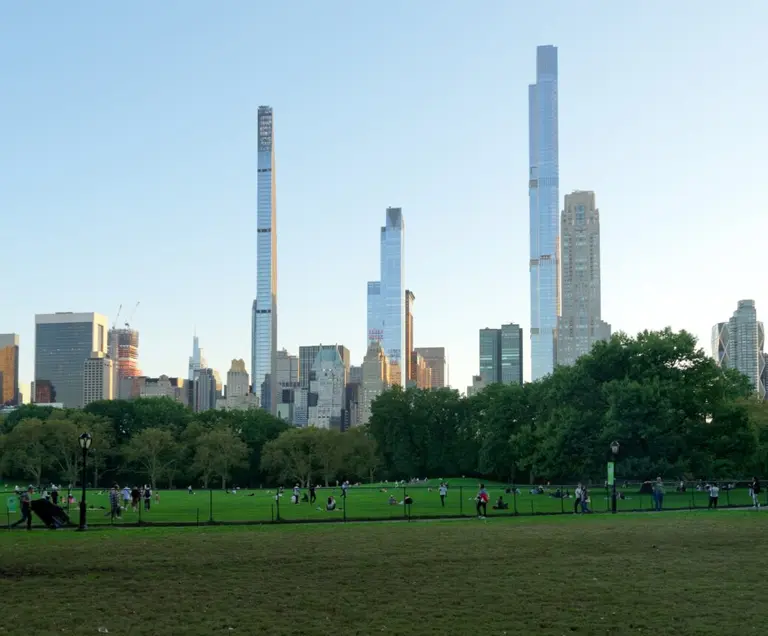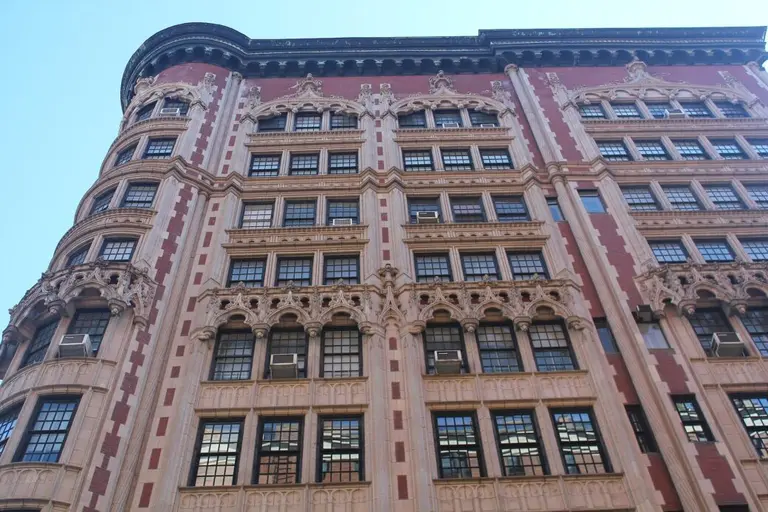NYC real estate experts offer their 2020 predictions
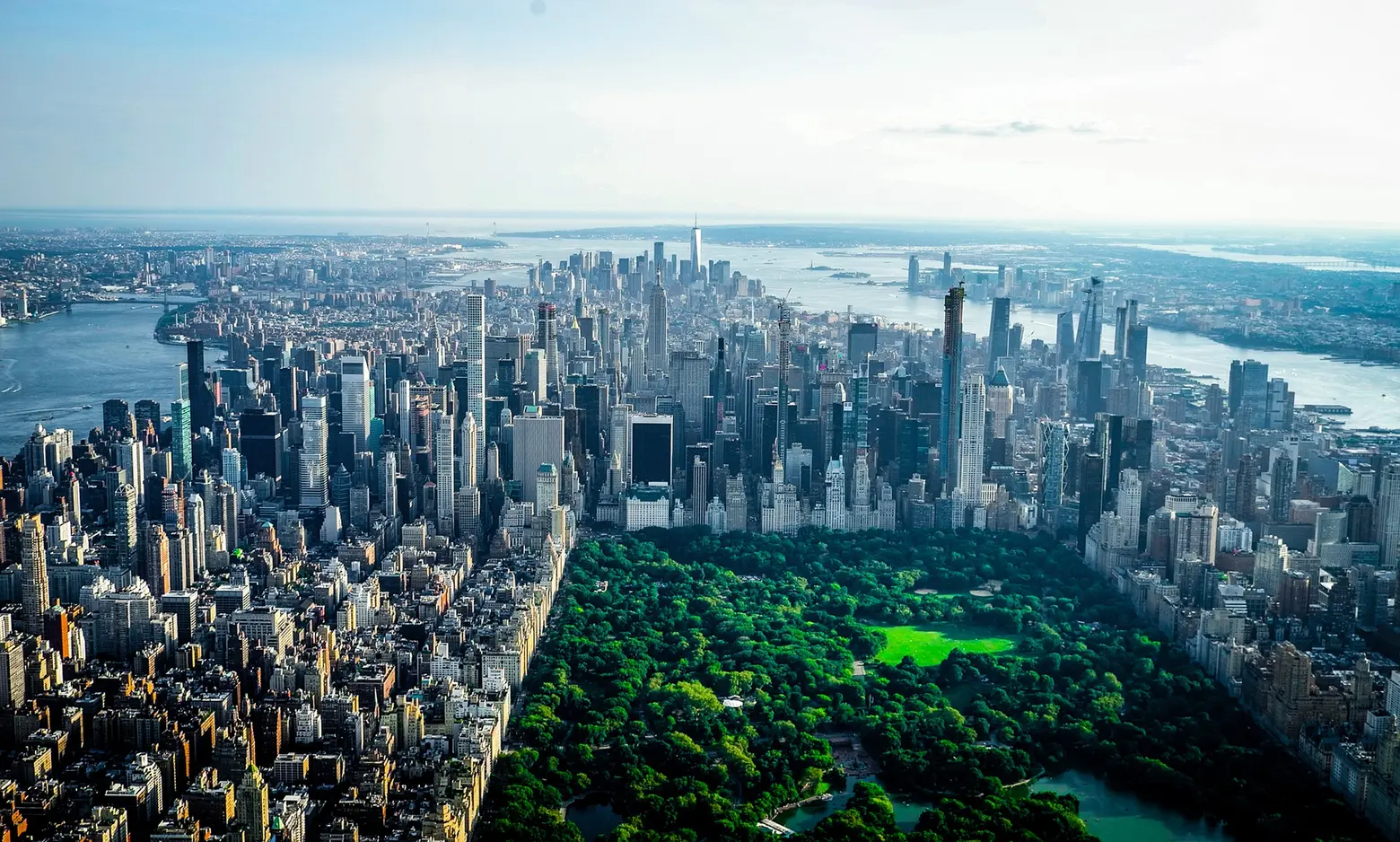
Photo by Leonhard Niederwimmer via Pixabay
In some ways, 2019 was a continuation of the past few years: political and global uncertainty loomed over the New York real estate market, development continued at a steady pace, and prices were as high as ever. (Oh wait — they were actually higher.) But the year also brought notable changes, from a total overhaul of rent and tenant protections, increased urgency in regards to climate change, an increasingly buyer’s market, and dry-up of the once pervasive rental concessions.
So what’s in store for the year ahead? Real estate experts believe sustained political uncertainty — particularly around an election year — could mean buyers proceed cautiously. The new rent laws will undoubtedly shape New York, as both the rental and condo markets tighten. Pre-war design will make a comeback in defiance of glassy modern architecture, while the focus on sustainability will increase and amenities will become more flexible.
New rent laws will change the market
“New legislation centered around rent laws may help renters in certain aspects and hurt them in the longer-term. Rental properties have already been challenging for developers to pencil out in NYC – if there is less new rental development and less opportunity for new market-rate homes, then demand would dictate that prices go up for people not lucky enough to live in rent-stabilized apartments.
We’ll see stronger increases in demand in more (relatively) affordable areas, such as Upper Manhattan and neighborhoods to the south and east of Prospect Park. Challenges of new development in NYC will also push more of those developers into New Jersey and Westchester while the bulk of any new rental development overall will center around large, amenitized, lifestyle-driven properties.” -Joshua Silverbush, director of market insights for The Marketing Directors
An increased focus on sustainability
“With sustainability and the preservation of earth’s materials rising to the top of the news cycle daily, I foresee many developers looking to re-imagine pre-existing buildings for new projects instead of knocking down structures and starting from scratch. By retaining the original integrity of existing buildings, developers can encourage community support and help the environment at the same time.” –Allison Greenfield, partner with Lionheart Capital
“The world’s increasing interest in environmentally and socially conscious business practices will stimulate the real estate industry to design properties in a greener way. In the near future, a building’s real estate value will be very dependent on its sustainability rating.” –Louis Adler, principal and co-founder of REAL New York
It’ll be a buyer’s market
“My overall feeling about 2020 in terms of real estate is to expect more of the same in 2019, with perhaps more hesitation to pull the buying trigger. Oversaturation of unabsorbed inventory with more inventory to be released will lead us to inventory sitting on the market. I think things will hold steady and remain a buyer’s market. I find there is always uncertainty around an election year, no matter who is running. I think this will cause a lot of buyers to sit further back and wait to see how things shake out.” –Jessica Swersey, agent with Warburg Realty
“Sellers will increase the pace of price adjustments to reflect reality and offer steeper discounts to move inventory, though we think potential buyers will continue playing a waiting game. We believe 2020 will be a buyer’s market and offer increased opportunities for savvy buyers to enter the NYC residential market at lower resale and new construction price points.” –Michael Rossi, CEO of Elegran
Both sales and rental inventory will tighten
“Inventory will tighten as the amount of pipeline supply has slowed several consecutive years and inventory will hold pricing as a result. However, I think concessions will continue to sell off the ‘panic inventory’ and this could have a long-lasting impact — for example, it could become the standard that brokers get a 3.5 to 4 percent fee, instead of the 3 percent market as it is today.” -Josh Schuster, principal of Silverback Development
“We are seeing a slowdown in new rental developments in Manhattan, a reduction in concessions and the beginnings of rental price increases for the first time in years as sellers are staying put and would-be buyers are choosing to rent. The rental market will strengthen, and as rental prices increase into next summer, the market will start to tilt in favor of buying. We may see the standoff between buyers and sellers begin to dissipate by the end of 2020.” -Michael Rossi, CEO of Elegran
Queens and the Bronx as alternatives to Manhattan and Brooklyn
“New developments in Queens are becoming a strong alternative to Manhattan’s bursting luxury market in 2020, because of the borough’s abundant transportation options and its ever-growing streetscape. Neighborhoods in Eastern Queens will begin to see a rise in development, while more built-up areas in Western Queens (like LIC and Astoria) will continue to grow upward with spacious and well-amenitized luxury towers at more affordable price points than what’s on the market in Manhattan.” –Eric Benaim, CEO of Modern Spaces
“The Bronx will witness the newest development and projects pulling permits and starting construction.” -Josh Schuster, principal of Silverback Development
Brooklyn will get creative to attract buyers
“2020 is going to be a competitive market for new development, so the question we have to answer is: How do we give buyers a reason to buy right now? In Brooklyn, where our active buyers tend to be people who live and work in the city, it’s about making the ability to purchase more attainable than before, to a wider group of buyers who might be buying a home for the first time. So we’re starting to see buildings offering more approachable and flexible financing options, and I expect that to continue in 2020.
At 111 Montgomery in Crown Heights, we’re starting to offer the ability to put just five percent down when you sign a contract, instead of the customary 20 percent due before you close on an apartment. It’s a very unique down payment option that immediately makes home-ownership of a brand new condo with great amenities in a terrific historic Brooklyn neighborhood suddenly more attainable to so many more people. It has been well received and I think we will continue to see similar financing models become more prevalent to further incentivize buyers.” –Christine Blackburn, broker with Compass
Other neighborhoods to watch in 2020
“In Manhattan, Hudson Square is the neighborhood to watch. With the addition of new headquarters for Google and Disney+ hitting the neighborhood in the next few years, the area will see a lot of activity. Also, the area south of Chamber Street is getting busy with residential. There is an influx of new restaurants and high-end retailers and significant investments into infrastructures. There is an incredibly large pipeline of product going into that area. Lastly, Brooklyn has so many great neighborhoods, and it’s now a first choice for many New Yorkers rather than a secondary option. Williamsburg and Clinton Hill are two standouts, though. With over 50 buildings on the way, those neighborhoods will be booming.” –Shaun Osher, CEO of CORE NYC
New Yorkers will want to live closer to work
“The walk-to-work concept will become a key driver of real estate sales in 2020. In this current residential market, it’s the affluent local professionals who are still transacting, whether it’s because they need more space to accommodate a growing family or want to put down roots in the city by investing in a new home. For these New Yorkers, the decision to buy is less of an impulse purchase and more of one that is motivated by what’s important and valuable to them—for example, minimizing their daily commute so they have more time to spend with family or to take their children to school.
Nowhere is the walk-to-work trend more apparent than in the Financial District. In recent years, the Financial District has become the “New Downtown”—thanks in large part to the completion of the revitalized World Trade Center, which brought with it an influx of new restaurants, retail and office developments. In addition to the banking firms that have long been established in the neighborhood, a number of tech and media companies have relocated to the area, including Spotify, Conde Nast, and Group M, and with these moves, the residential population continues to grow and is contributing to sales at nearby developments.” –Jacqueline Urgo, president of The Marketing Directors
They’ll also appreciate throwback pre-war design
“The desire for a refreshed approach to prewar design was on the rise in 2019, so the new year will finally present the opportunity to live in a building that combines traditional layouts, including entry foyers, formal dining rooms, eat-in kitchens and grand spaces, with top-quality finishes, modern luxuries and beautiful amenity spaces. We anticipate the return to classic architecture and design — as well as the departure from glass, steel skyscrapers — to be evident in 2020 as brand-new, prewar-inspired condos start to open.” –Karen Mansour, executive vice president at Douglas Elliman Development Marketing
Amenities aren’t going anywhere
“As 2019 multifamily housing trends indicate, people are choosing to rent long-term and therefore desire apartments that feel like home. There will be an ongoing ‘amenities arms race’ as competition for tenants continues. Many developers are throwing a plethora of offerings at prospective residents with no comprehensive strategy on rent growth or amenity integration. The real challenge is creating a sense of community and belonging that will drive resident participation and retention. Well-thought-out amenities will be the differentiating factor in 2020 and beyond.” -Rob Zelina, senior vice president at LC (Lifestyle Communities)
“In 2020, we can predict a continued push for functional and transitional amenity spaces. Amenity spaces are no longer designated to a specific theme or age demographic. We are finding that there is a demand for more flexible spaces which in turn, will provide more ROI per square-footage. While design is an important aspect for these spaces, we’re finding that each space is only as good as how many people use it.” -Colleen Werner, founder and CEO of LulaFit, an amenities management company
“There are a lot of amenities on the market that simply don’t get utilized. But what I see as an emerging trend is the addition of co-working spaces within a residential development. In today’s market, it’s highly desirable to have a space within your building that can be used as an office and that also acts as an extension of your home. It’s something that feels like a comfortable lounge, or even a library or den, and allows for both independent and collaborative work. Smart design is key.” -Shaun Osher, CEO of CORE Real Estate
Political and global uncertainty will affect New York real estate…
“Political uncertainty, a slowing job market, global trade friction, and new legislation that adversely affect investment in New York real estate will have consequences on the market in 2020. I think as development continues to exhaust demand for housing in the city, and as almost every neighborhood has been ‘rediscovered’ by first time home buyers, we’ll see a recalibration of priorities in buying and selling in New York.” –George Case, agent with Warburg Realty
“2020 will be strongly guided by ongoing uncertainty in the political and economic climate, including local legislation and how it evolves. This year we saw significant changes from the SALT deduction nationally, to rent laws in New York, to mansion taxes, transfer taxes and building emissions regulation in NYC. Assuming they are here to stay for the time being, these factors will continue to work their way into the market.
New development, buyers overall and high-end buyers, in particular, will all proceed cautiously. There is hesitancy around purchasing and that will not change too much – but prices have come down, we are in a buyer’s market and people will begin to take advantage of that, especially if interest rates remain attractive.” -Joshua Silverbush, director of market insights for The Marketing Directors
…Particularly the luxury market
“One of the most significant single issues impacting the current lack of transactional pace (which leads to price drops as creation of inventory outpaces the market absorbing it) is the instability in the geopolitical arena. ‘Not knowing’ leads to ‘not planning’ which leads to ‘not doing,’ as people and market like some element of certainty. That said, whoever wins the White House after the November 2020 election will hopefully create some stability and certainty, at least for the next four years.
Although it’s important who wins, it is more about removing the overhang that has caused this malaise. It is my opinion that we start to see more transactions at the ‘new normal’ reduced prices that now exist, which will then be followed by a gradual ramp in price acceleration that will kick into gear on the other side of the November elections.” –Robert Dankner, president of Prime Manhattan Residential
RELATED:
